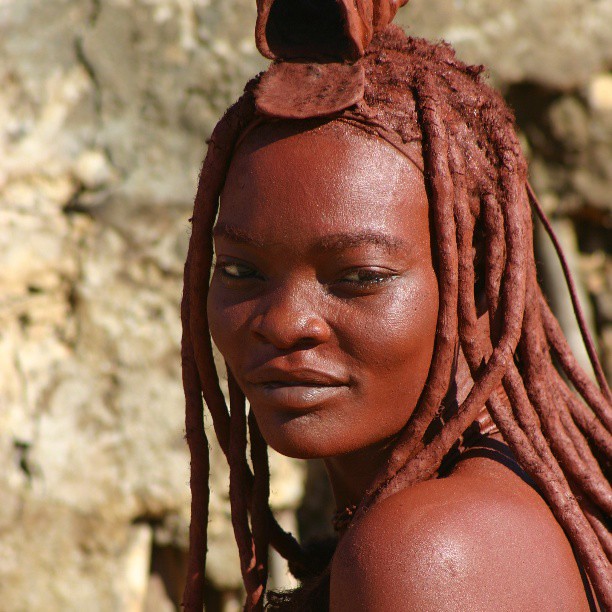Angela
Elite member
- Messages
- 21,823
- Reaction score
- 12,329
- Points
- 113
- Ethnic group
- Italian
Ust Ishim should have had light skin then because he had large segments of Neanderthal DNA, but he had dark hair/eyes/skin. The same could be said for all of the ancient DNA so far, if they did get light skin from Neanderthals then it should be present in older samples. To the contrary we see that light skin is first found in Neolithic farmers while Mesolithic WHGs and ANEs have dark skin, althought WHGs seem to all have light eyes.
To me this implies that light skin evolved in tandem with farming in the Middle East. You forgot to take into account that Eskimos have large sections of Neanderthal DNA, as do all East Asian and American Indian groups
Studies that have specifically looked at the spread of SLC24A5 do seem to show a radiation from the general area of the Caucasus about 6-12,000 years ago, which would fit with the development of agriculture. The distribution and frequency maps likewise show it generally adhering to the migration routes taken by the first farmers. So, I think the association for this one looks pretty good, although it's not proof, of course.
I'm not so sure about SLC 42A5. All we know is that it has shown up in the far north east among hunter gatherers, and then we find it, along with more depigmentation, in EEF farmers like Otzi, and in samples in Central Europe in EEF people. A lot more study has to be done on it, I think, to try to get a handle on when and where it might have arisen. It might have occurred in multiple places and multiple times, as with many mutations, but the scientists may be able to get a handle on the most recent occurrence and the direction of its sweep.
As for eye color, we know that WHG people carried the depigmentation snp for it.
Everything I've read indicates that the scientists (and forensics people) believe that these snps have a cumulative effect. So, in Europeans, it may have been sort of like a "perfect storm" of the accumulation of all the three major depigmentation snps in one area. Of course, were they not beneficial in some way, and did positive selection not operate on them, a positive selection that the scientists are pretty confident is rather recent as these things go, then they wouldn't have swept to fixation. I don't think anyone is exactly sure what kind of positive selection was going on, but the link to agriculture and climate makes sense as one factor, I think.
There is also the possibility I've mentioned before that Mesolithic Europeans carried a completely different set of depigmentation snps of which we have no knowledge. I don't think this is very likely, however, because then there would be no reason for our modern depigmentation snps to have so obviously and relatively quickly swept to fixation. That means positive selection for a trait that wasn't present, in my opinion.




